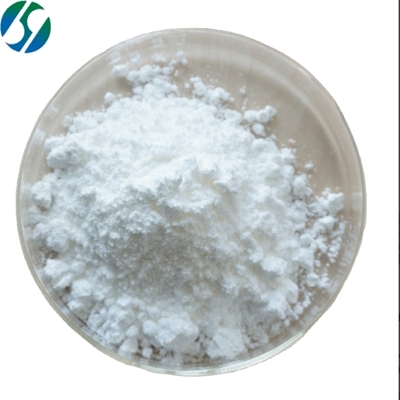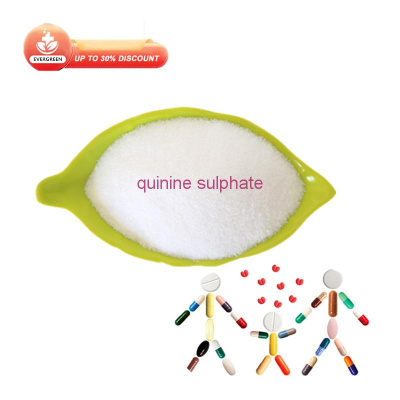-
Categories
-
Pharmaceutical Intermediates
-
Active Pharmaceutical Ingredients
-
Food Additives
- Industrial Coatings
- Agrochemicals
- Dyes and Pigments
- Surfactant
- Flavors and Fragrances
- Chemical Reagents
- Catalyst and Auxiliary
- Natural Products
- Inorganic Chemistry
-
Organic Chemistry
-
Biochemical Engineering
- Analytical Chemistry
- Cosmetic Ingredient
-
Pharmaceutical Intermediates
Promotion
ECHEMI Mall
Wholesale
Weekly Price
Exhibition
News
-
Trade Service
Medicinal grade saccharin sodium in the preparation of the application of grade structural properties saccharin sodium also known as sodium phthaloyl sulfonimide, developed in 1879, is the earliest application of synthetic non-nutritional sweetener, soluble in water, in the dilute solution of sweetness for sucrose 200 ~ 500 times, the concentration of large when there is a bitter taste, heated under acidic conditions, the sweetness disappears, and can form a bitter taste of phthalmidobenzoic acid
.
Because of its low calorie, insoluble by the body, and automatic discharge with bowel and faeces, it is used as a sugar substitute by patients with obesity, hyperlipidemia, diabetes and dental caries
.
In addition, it can also be used as a brightener for electroplated nickel-chromium, a blood circulation measuring agent, a penetrant, etc.
, and is widely used
.
Physicochemical properties of sodium saccharin, scientific name phthalifonylsulfonimide sodium, chemical formula C7H4NO3SNa, white crystalline powder
.
The sweetness is 200 to 500 times that of sucrose, generally 300 times, and the sweetness threshold is about 0.
00048%.
It is easily soluble in water, slightly soluble in ethanol, and the aqueous solution is slightly alkaline
.
Its thermal stability in aqueous solution is better than that of saccharin, and there is no change
in heating at 100 °C for 2h.
The aqueous solution is left for a long time, and the sweetness slowly decreases
.
Characteristics and uses In terms of sweetness, the anions decomposed by sodium saccharin have a strong sweet taste, while there is no sweetness in the molecular state, but it feels bitter
.
Sodium saccharin has a large solubility and a large degree of dissociation, so it has a strong
sweetness.
Sodium saccharin will be slowly decomposed when boiled, and if used in the appropriate proportion with other sweeteners, it can be closer to the sweetness of
sugar.
Sodium saccharin does not cause food staining and fermentation
.
When its concentration is relatively large with a bitter taste, heating the sodium saccharin under acidic conditions, it will lose its sweetness, and at the same time form a bitter taste of o-sulfonylbenzoic acid, this substance is colorless, stable in performance, because its calories are relatively low, and then it is not easy to be absorbed by the human body, but it can be excreted with the stool, etc.
, so sodium saccharin is used as a substitute for sugar by obesity, hyperlipidemia and other patients
.







